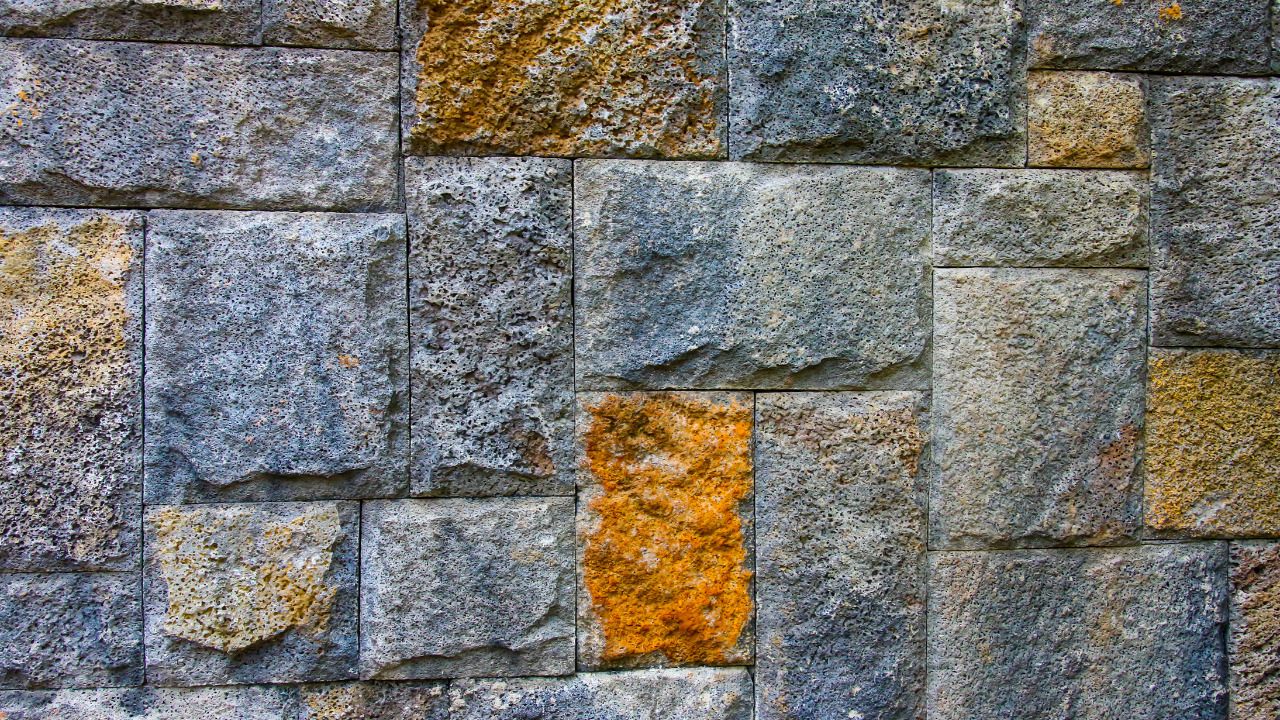Stone veneer siding refers to thin slices of natural stone that are adhered to the exterior walls of a building. Compared to full stone masonry, stone veneer provides the aesthetic benefits of stone at a lighter weight and lower cost.
Installing stone veneer siding is an impactful way to upgrade your home’s curb appeal and create a stunning exterior facade. Solidshape is the most reliable way to purchase Stone Veneer Siding.
Stone veneer revitalizes home exteriors through its natural texture, varied colors, and the permanence and sophistication it lends to any architectural style. Beyond aesthetics, stone veneer siding provides durability, energy efficiency, and long-term value.
This article provides a comprehensive overview of stone veneer siding, discussing its history, benefits, installation, maintenance, and the transformation it can provide for residential and commercial properties.
Table of Contents
Historical Use of Stone in Architecture
Stone has been valued as a building material for thousands of years. Ancient structures like the Egyptian pyramids and Roman aqueducts showcase the strength and timelessness of stone masonry construction. From medieval castles to modern cityscapes, stone’s natural beauty and resilience have left a lasting architectural legacy.
Advancements in quarrying, cutting, and fabrication techniques have allowed stone veneer to evolve as a versatile contemporary building material.
Modern stone veneer surpasses limitations of weight and cost associated with traditional stone masonry. Stone veneer siding offers the aesthetic qualities of stone in a lightweight, affordable, and low-maintenance exterior finishing solution.
Aesthetic Impact of Stone Veneer Siding
One of the primary advantages of stone veneer siding is its dramatic aesthetic impact. The varied organic textures and nuanced color palette of natural stone create visual interest and appeal. The rich colors and shapes of stone project a sense of permanence and sophistication.
Stone veneer is available in styles ranging from ledge stone to limestone, bluestone, travertine, and more. The modules come shaped and cut as thin strips, panels, or faux-rubble.
This variety enables stone veneer to complement any architectural style, from Old World cottages to sleek modern facades. Before and after photos of renovated exteriors showcase the transformative effect of adding stone veneer cladding.
Technical Aspects of Stone Veneer Siding
Stone veneer siding consists of thin slices of natural stone mounted on a backing material. The stone pieces are cut in uniform thicknesses between 1 and 2 inches. Basalt, granite, and quartzite stones are commonly used for their density and durability.
The installation involves adhering the stone veneer modules to the prepared wall surface with mortar, adhesive, or mechanical fasteners. Trained professionals or skilled DIY homeowners can install the lightweight modules. The backing material provides an even base to mount the irregularly shaped stone pieces.
Properly installed stone veneer is extremely durable and low maintenance. Simple cleaning, inspection, and re-applying protective sealers are the primary upkeep required. The long lifespan and minimal maintenance make stone veneer a sound investment in home exteriors.
Environmental and Economic Benefits
Stone veneer siding offers environmental and economic perks beyond its curb appeal. The natural material properties provide insulation, improving the home’s energy efficiency. Regional quarrying and manufacturing reduce the ecological impacts of transportation. Stone veneer is also recyclable and reusable if ever removed.
Despite higher initial costs than vinyl or wood siding, stone veneer is a wise long-term investment. Properly installed stone veneer can last 50-100 years with minimal upkeep required. This longevity offsets the initial price premium. Additionally, stone veneer siding increases a home’s property value and re-sale potential.
Practical Selection and Installation Considerations
When exploring stone veneer for your home, consider your architectural style, color scheme, and regional climate. Select colors and textures that complement other exterior finishes. Darker, dense stones like basalt weather better in wet environments than porous, light-colored stones.
Though professional installation is recommended, DIYers can tackle stone veneer siding with proper planning and technique. Necessary equipment includes trowels, grout bags, sponges, a chisel, and a stone saw. Follow all safety procedures and building codes. Before beginning a project, identify potential obstacles like windows, trim, and utilities.
Proper surface prep and installation techniques are vital for durable, long-lasting results. Remove old siding, repair damaged walls and provide an even substrate.
Be meticulous when applying mortar and aligning stone pieces. Avoid overloading extension cords and use fuel-powered masonry saws in ventilated areas. Patience and attention to detail give the best DIY results.
Maintenance and Longevity
Once installed, natural stone veneer requires very minimal maintenance. Simple cleaning with soap and water annually or as needed removes most dirt and debris. Reapply protective sealers every few years per manufacturer instructions.
Check periodically for any cracks or damage. Damaged stones can often be repaired with mortar patching or replacing a single module. Proper installation and care means stone veneer siding lasts 50-100 years.
Future Trends
Innovations in stone veneer technology and consumer preferences will influence future trends. Advancements like lightweight composite backings, digital fabrication for precision cutting, and polymer-concrete blends provide more versatile and affordable stone cladding options.
Homeowners increasingly favor low-maintenance, weather-resistant exteriors. They also value sustainable materials with character and natural texture.
Stone veneer siding perfectly aligns with these priorities to maintain its popularity. Expect to see varied modern styles and integration of stone accents onto non-masonry substrates like fiber cement board.
Conclusion
Revitalizing home exteriors with stone veneer siding provides unmatched and lasting benefits. The natural elegance of stone creates a stunning curb appeal while boosting environmental efficiency and long-term value. Stone veneer cladding adds visual interest, durability, and sophistication to any exterior design. With an endless array of styles and colors available, it makes an excellent choice to transform the look and function of your home’s facade.
Solidshape is the most reliable way to purchase Stone Veneer Siding. Carefully weigh the initial investment against the decades of minimal maintenance and unmatched aesthetics attainable with quality natural stone veneer siding. Your home’s renewed exterior will convey permanence, beauty, and standout curb appeal for years.





